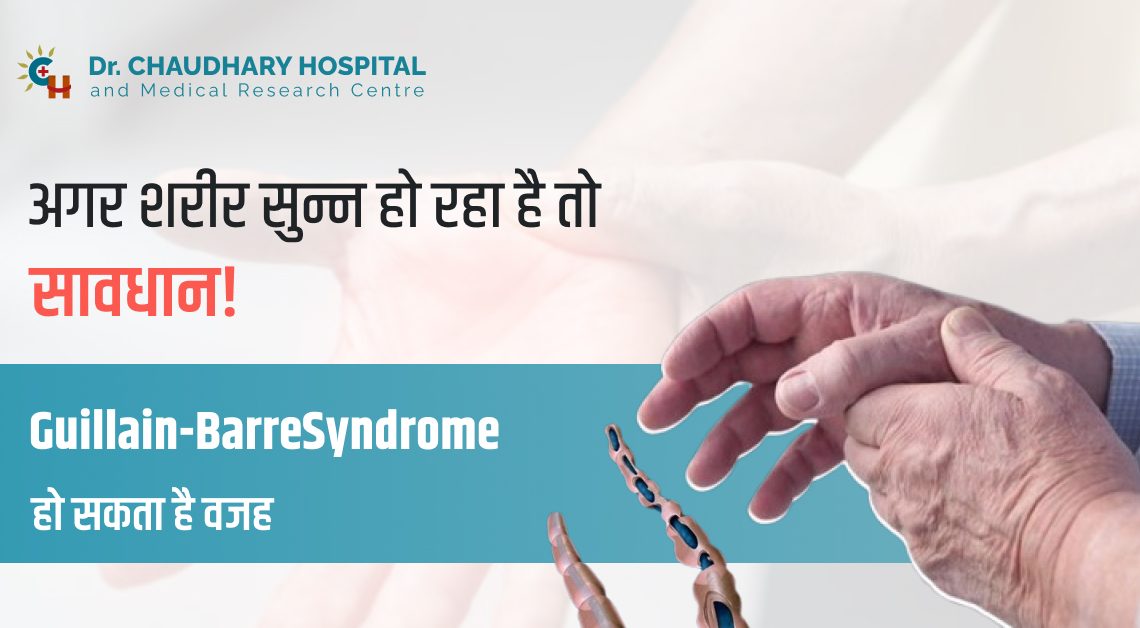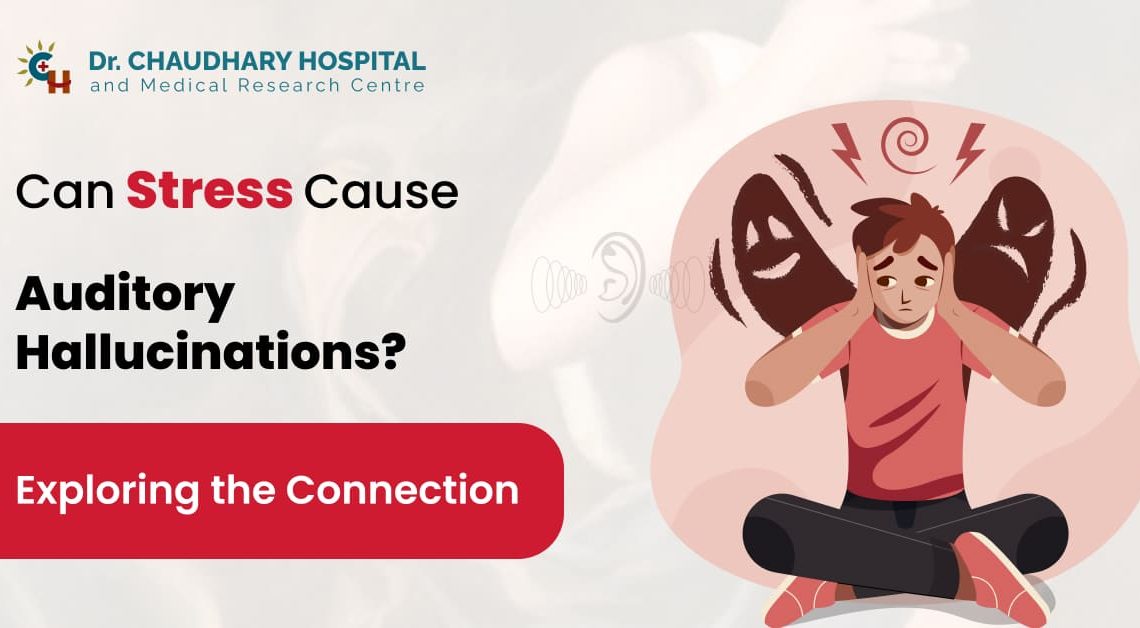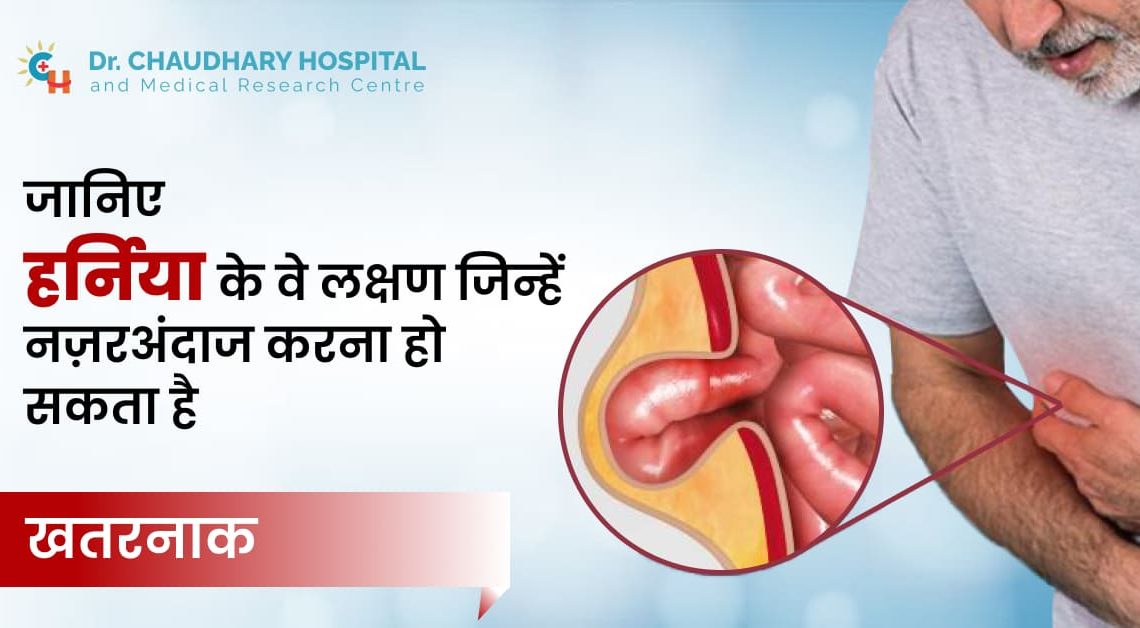निरोगी शरीर को जीवन का पहला सुख माना गया है, लेकिन कई बार न चाहते हुए भी हम किसी दुर्लभ बीमारी के शिकार हो जाते हैं। यदि समय पर इसका उपचार न हो तो स्थिति गंभीर हो सकती है।
ऐसी ही एक दुर्लभ बीमारी का नाम है गुइलेन-बैरे सिंड्रोम (GBS) यह एक तरह का न्यूरोलॉजिकल डिसऑर्डर है, जो शरीर के नर्वस सिस्टम को प्रभावित करता है। इस बीमारी में रोगी को मांसपेशियों में दर्द और सांस लेने से जुड़ी परेशानियां होती हैं। गंभीर मामलों में रोगी को लकवा होने की भी संभावना रहती है।
गुइलेन-बैरे सिंड्रोम (GBS) क्या है?
गुइलेन-बैरे सिंड्रोम (GBS) एक दुर्लभ बीमारी है, जिसमें शरीर की प्रतिरक्षा प्रणाली तंत्रिकाओं पर हमला करती है, जिससे मांसपेशियों में कमजोरी, पैरों और हाथों में संवेदनशीलता कम होना और सांस लेने में कठिनाई जैसी समस्याएं होती हैं। यह बीमारी वयस्कों और पुरुषों में अधिक आम है, लेकिन यह हर उम्र के लोगों को हो सकती है।
गुइलेन-बैरे सिंड्रोम (GBS) का कारण क्या है?
गुइलेन-बैरे सिंड्रोम (GBS) का सही कारण अभी तक पूरी तरह से मालूम नहीं चल पाया है, लेकिन आमतौर पर यह किसी संक्रमण के बाद होता है। यह शरीर की प्रतिरक्षा प्रणाली को प्रभावित करता है। इससे शरीर की प्रतिरक्षा प्रणाली नसों पर हमला करने लगती है, जिससे कमजोरी और सुन्नपन जैसी समस्याएं उत्पन्न होती हैं।
कई मामलों में गुइलेन-बैरे सिंड्रोम का प्रभाव डेंगू, या अन्य वायरल संक्रमणों के बाद देखा गया है। दुर्लभ मामलों में, टीकाकरण या सर्जरी के बाद भी गिलियन-बैरे सिंड्रोम के विकसित होने की संभावना होती है, लेकिन ऐसा बहुत कम होता है।
गुइलेन-बैरे सिंड्रोम के लक्षण क्या हैं?
अगर आपको इनमें से कोई भी लक्षण महसूस हो, तो तुरंत डॉक्टर से सलाह लें।
- पैरों की उंगलियों, टखनों या कलाई में सुई चुभने जैसा महसूस होना।
- कमजोरी जो पैरों से शुरू होकर ऊपर की ओर फैलती है।
- चलने और सीढ़ियां चढ़ने में कठिनाई।
- बोलने, चबाने, निगलने या चेहरे की गतिविधियों में समस्या।
- दोहरी दृष्टि और आंखें हिलाने में कठिनाई।
- तेज दर्द, चुभन या ऐंठन वाला दर्द, जो अक्सर रात में बढ़ता है।
- मूत्राशय या आंत्र को नियंत्रित करने में कठिनाई।
- तेज़ हृदय गति और उच्च या निम्न रक्तचाप।
- छाती की मांसपेशियों में कमजोरी, जिससे सांस लेने में समस्या होती है।
- अचानक कमजोरी महसूस होना, चक्कर आना, बेहोशी आदि।
गुइलेन-बैरे सिंड्रोम के प्रकार
गुइलेन-बैरे सिंड्रोम (GBS) के तीन मुख्य प्रकार निम्नलिखित हैं।
1. एक्यूट इन्फ्लेमेटरी डिमाइलिनेटिंग पॉलीरेडिकुलोन्यूरोपैथी (AIDP)
- यह गुइलेन-बैरे सिंड्रोम का सबसे आम प्रकार है।
- इसमें सबसे पहले पैरों में कमजोरी महसूस होती है, जो धीरे-धीरे शरीर के ऊपरी हिस्सों तक पहुंचती है।
- इसमें नसों की बाहरी परत को नुकसान पहुंचता है, जिससे नसें सही से काम नहीं कर पातीं हैं।
2. मिलर फिशर सिंड्रोम (MFS)
- यह गुइलेन-बैरे सिंड्रोम एक दुर्लभ प्रकार है।
- इसमें सबसे पहले आंखों की मांसपेशियां प्रभावित होती हैं।
- इससे आंखों की गतिविधियों में भी परेशानी होती है, और शरीर का संतुलन बनाए रखना मुश्किल होता है।
3. तीव्र मोटर एक्सोनल न्यूरोपैथी (AMAN) और तीव्र मोटर-सेंसरी एक्सोनल न्यूरोपैथी (AMSAN)
- गुइलेन-बैरे सिंड्रोम के इस प्रकार में नसों को सबसे अधिक नुकसान होता है।
- तीव्र मोटर एक्सोनल न्यूरोपैथी (AMAN) में केवल मांसपेशियों को नियंत्रित करने वाली नसें प्रभावित होती हैं।
- तीव्र मोटर-सेंसरी एक्सोनल न्यूरोपैथी (AMSAN) में नसों की कमजोरी के साथ-साथ शरीर के स्पर्श और दर्द महसूस करने की क्षमता भी कम हो जाती है।
- इन दोनों में लक्षण गंभीर होते हैं और ठीक होने में समय लगता है।
गुइलेन-बैरे सिंड्रोम का उपचार क्या है?
गुइलेन-बैरे सिंड्रोम (GBS) का इलाज जितना जल्दी शुरू किया जाए, अच्छा रहता है क्योंकि देरी होने पर यह गंभीर भी हो सकता है। इसमें रोगी को ठीक होने में 6 महीने से 2 साल तक का समय लग सकता है।
इसमें दो प्रमुख उपचार प्रक्रियाओं को अपनाया जाता है:
1. प्लाज़्मा एक्सचेंज (Plasma Exchange)
- इस उपचार प्रक्रिया में मरीज के खून से खराब प्लाज़्मा को बाहर निकाला जाता है।
- फिर इसे नया प्लाज़्मा या खून से बदल दिया जाता है।
- यह प्रक्रिया शरीर की प्रतिरक्षा प्रणाली को सही करने में मदद करती है और नसों को होने वाली क्षति को कम करती है।
2. इम्यूनोग्लोबुलिन थेरेपी (IVIG)
- इस उपचार प्रक्रिया में शरीर के लिए जरूरी एंटीबॉडीज का इंजेक्शन दिया जाता है।
- इससे शरीर की प्रतिरक्षा प्रणाली को सही दिशा में काम करने के लिए मदद मिलती है।
- यह उपचार शरीर की खराब प्रतिरक्षा प्रणाली को शांत करता है, जिससे नसों की सुरक्षा होती है और रिकवरी की संभावना बढ़ती है।
अगर आप गुइलेन-बैरे सिंड्रोम के लक्षण महसूस करते हैं, तो तुरंत डॉक्टर से परामर्श लें।










